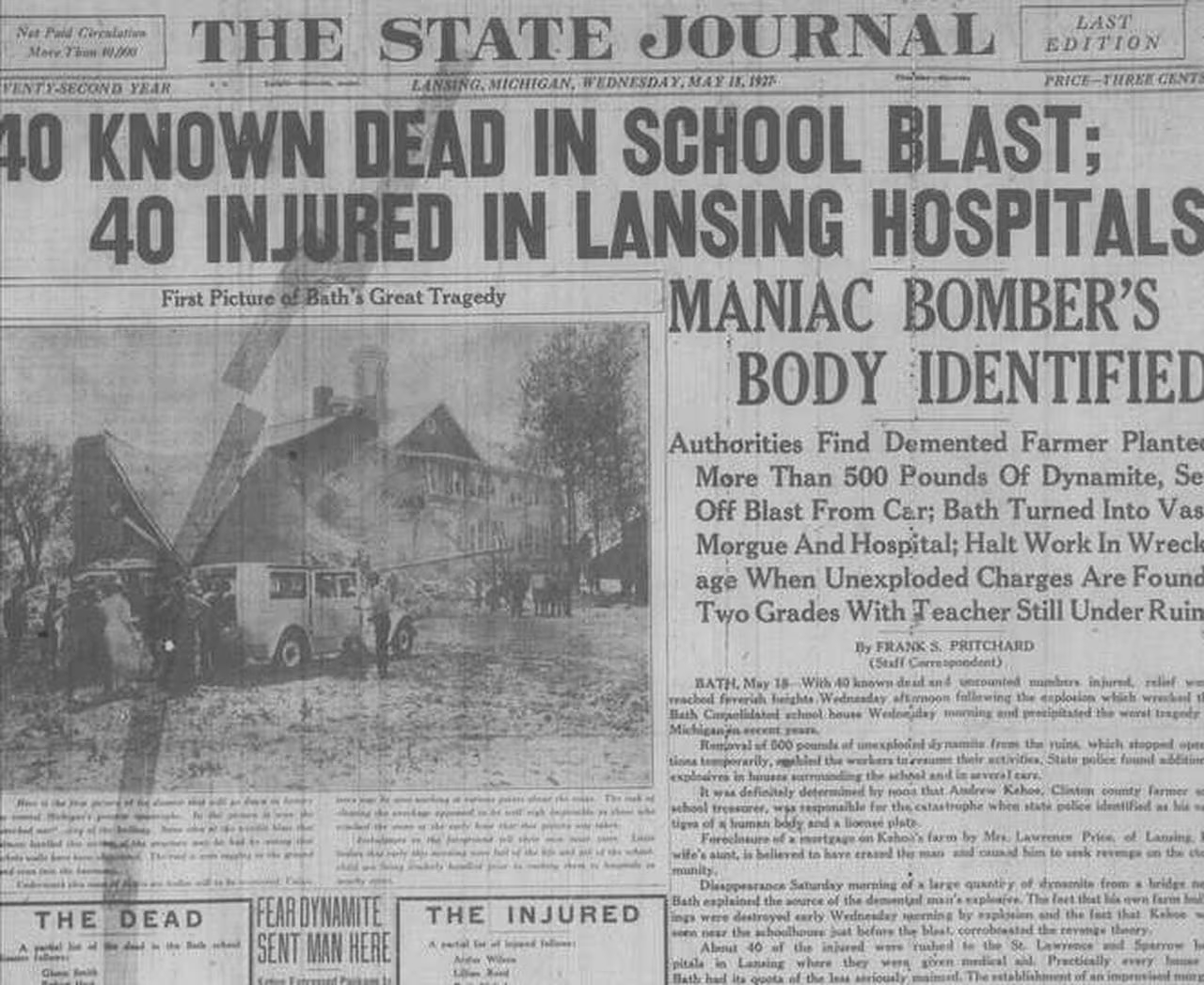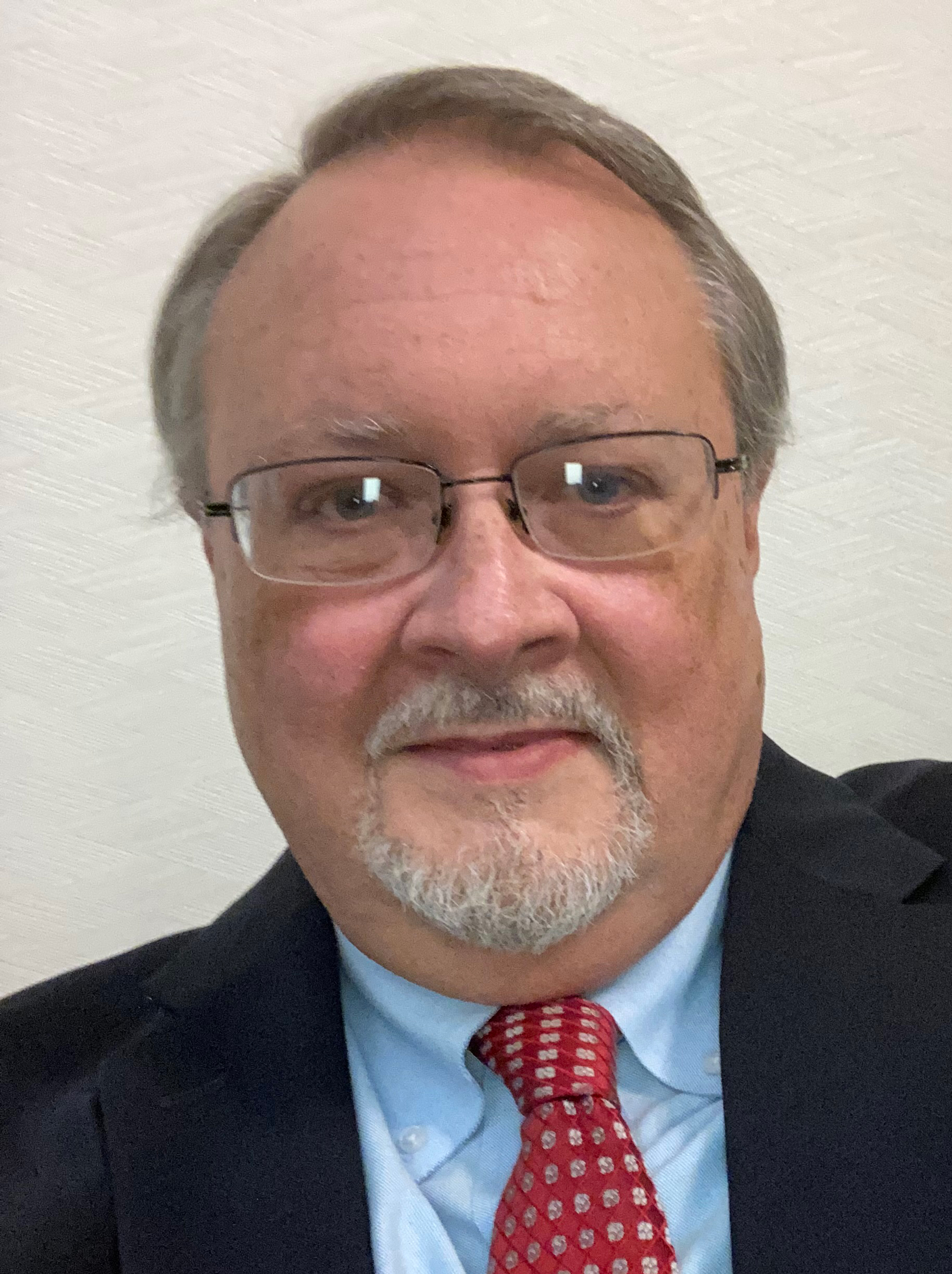Sports fans were shaken by the mass shooting that marred the Kansas City Chiefs’ Super Bowl victory parade. It was another reminder of what we know all too well: Ours is a world overflowing with violence.
Most disturbing of all was word that almost half of the nearly two dozen people hurt in the gunfire were children. Though we wish that these most vulnerable members of our society were spared such senseless tragedy, often they are not. And it has always been that way.
In fact, children were the intended victims of a crime so horrific that it still shocks us almost a century later. This is the story of what happened.
Back in 1927, Bath Township was a quiet rural community in central Michigan, not far from Lansing. It was the last place you’d expect to be the site of a mass killing.

Yet, Andrew Kehoe had murder on his mind that spring. Things were going poorly for the 55-year-old farmer. He was treasurer of the local school board and had a reputation for being a difficult man with a violent temper. The bank was foreclosing on his farm. His property taxes went up. His wife was in the hospital, and topping it all off, he had just been defeated in an election for township clerk.
He viewed that last setback as a public humiliation too terrible to bear. And so Kehoe silently set about plotting his revenge. And because he had studied electrical engineering at Michigan State University and had worked as an electrician in St. Louis, he had the skills to do it.
Soon after his wife returned home, sometime between May 16 and 18, he murdered her. On the morning of the 18th, his farmhouse and barns exploded, triggering massive fires. He also killed his horses, cut down trees and planted explosives all around the property. Then Kehoe got in his pickup and drove to town.
About the same time his farm went up in flames, the north wing of Bath Consolidated School exploded. Kehoe had secretly filled the basement below it with hundreds of pounds of explosives and a timer set to go off that morning. A teacher later told reporters, “It seemed as though the floor went up several feet. After the first shock, I thought for a moment I was blind … the air seemed to be full of children and flying desks and books. Children were tossed high in the air; some were catapulted out of the building.
Kehoe sat in his truck, watching the carnage he had unleashed. He spotted the school superintendent and called him over. An argument followed. Kehoe produced a rifle and fired, igniting another load of explosives inside the truck. Kehoe, the superintendent, and several others were killed, including an 8-year-old boy who had survived the initial school building blast.
Investigators later discovered 500 more pounds of explosives and a timer planted under the school’s south wing. Kehoe had intended to destroy that as well, though, for some reason, the charge didn’t detonate.
When the smoke cleared, 38 people were dead. At least 64 others were injured. Many of the victims were children. It remains the deadliest school mass murder in U.S. history.


